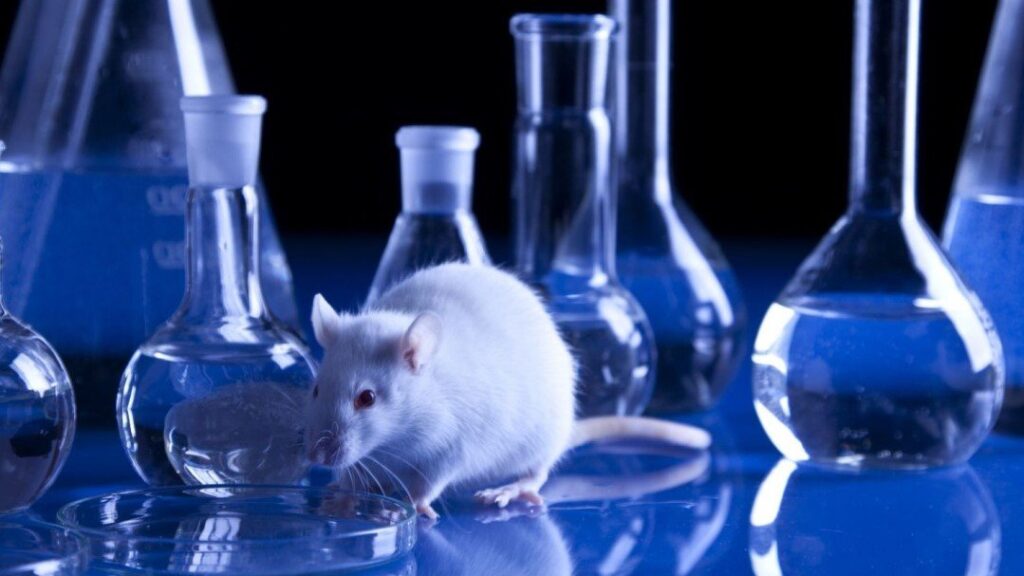In the world of pharmaceuticals, chemicals, and environmental science, ensuring safety and efficacy is of paramount importance. Toxicity testing plays a crucial role in this process by assessing the harmful effects of substances on living organisms. Among the various methods employed for toxicity testing, bioassay testing stands out for its effectiveness in providing detailed insights into the biological impact of substances. This blog will explore the fundamentals of toxicity testing, the significance of bioassay testing within this domain, and how these methods contribute to safeguarding public health and safety.
Understanding Toxicity Testing
Toxicity testing is a systematic approach used to evaluate the adverse effects of substances on living organisms. This process is critical for determining the safety of pharmaceuticals, chemicals, environmental pollutants, and other potentially hazardous materials. The main goal of toxicity testing is to identify harmful effects, establish safe exposure levels, and ensure that products are safe for their intended use.
Types of Toxicity Testing
Several types of toxicity tests are employed depending on the nature of the substance and the regulatory requirements. These include:
- Acute Toxicity Testing: This assesses the immediate effects of a substance following a single or short-term exposure. It helps determine the substance’s potential to cause harm quickly.
- Chronic Toxicity Testing: This evaluates the long-term effects of repeated exposure to a substance over an extended period. It is crucial for understanding the potential for long-term health impacts.
- Subchronic Toxicity Testing: This tests the effects of a substance over a medium duration, typically ranging from a few weeks to several months. It provides insights into the potential for adverse effects from prolonged exposure.
- Reproductive and Developmental Toxicity Testing: These tests assess the impact of a substance on reproductive health and development. They are essential for understanding potential effects on fertility, pregnancy, and offspring development.
- Genotoxicity Testing: This evaluates whether a substance causes genetic mutations or DNA damage, which could lead to cancer or other genetic disorders.
The Role of Bioassay Testing in Toxicity Assessment
Bioassay testing is a vital component of toxicity testing, offering a method for evaluating the biological impact of substances using living organisms or biological systems. Here’s how bioassay testing integrates into the broader field of toxicity assessment:
- Biological Systems for Testing: Bioassay testing utilizes various biological systems, including cell lines, tissue cultures, and whole organisms, to assess the effects of substances. By observing how these systems react to exposure, researchers can gain insights into the substance’s toxicity.
- Measurement of Biological Responses: During bioassay testing, various biological responses are measured to determine the substance’s effects. These responses can include changes in cell viability, growth rate, enzyme activity, and other physiological or biochemical changes.
- Providing Real-World Relevance: Bioassays provide a more realistic assessment of how substances interact with living organisms, which is crucial for understanding their potential toxicity. This real-world relevance helps bridge the gap between chemical analysis and biological impact.
- Detecting Subtle Effects: Bioassay testing is capable of detecting subtle and complex effects that might not be evident through traditional chemical testing alone. This sensitivity is essential for identifying low-dose or long-term toxic effects.
Benefits of Integrating Bioassay Testing
Integrating bioassay testing into toxicity assessment offers several benefits:
- Enhanced Sensitivity and Specificity: Bioassays can detect even low concentrations of substances and differentiate between various types of biological responses, providing a detailed view of toxicity.
- Comprehensive Assessment: By using living systems, bioassays provide a comprehensive assessment of a substance’s impact, encompassing both direct and indirect effects.
- Regulatory Compliance: Many regulatory agencies require bioassay testing as part of the toxicity assessment process. This compliance ensures that substances meet safety standards and can be safely used or approved for market entry.
- Ethical Considerations: While bioassay testing often involves living organisms, it is designed to be as ethical as possible, with guidelines in place to minimize harm. Additionally, advances in in vitro and alternative methods are helping to reduce the reliance on animal testing.
Challenges and Future Directions
Despite its advantages, bioassay testing faces challenges such as variability in biological systems and the complexity of experimental design. Achieving consistent and reproducible results requires meticulous control over experimental conditions and careful selection of biological systems.
The future of bioassay testing is promising, with advancements in technology driving improvements in this field. Innovations such as high-throughput screening, automated systems, and in vitro models are enhancing the efficiency and accuracy of bioassays. Moreover, integrating bioinformatics and data analytics is expanding the potential applications of bioassay testing, allowing for more detailed analysis and better interpretation of results.
Conclusion
Toxicity testing is a critical component of ensuring the safety and efficacy of substances across various fields. Bioassay testing, with its ability to assess the biological impact of substances, plays a vital role in this process. By providing detailed insights into how substances interact with living systems, bioassays contribute to identifying harmful effects, establishing safe exposure levels, and ensuring regulatory compliance.
As technology advances, the integration of bioassay testing into toxicity assessments will continue to evolve, offering more precise and comprehensive evaluations. Staying informed about the latest developments in toxicity and bioassay testing is essential for advancing scientific knowledge and safeguarding public health.


